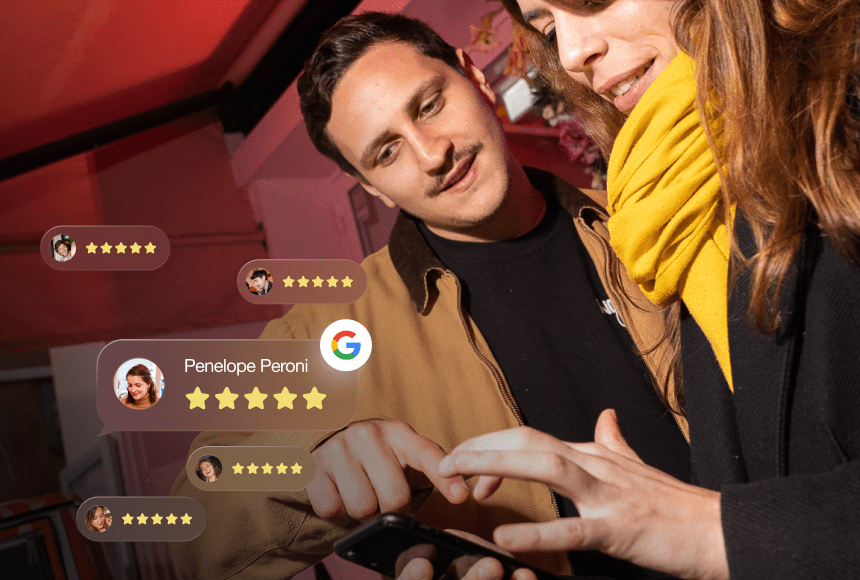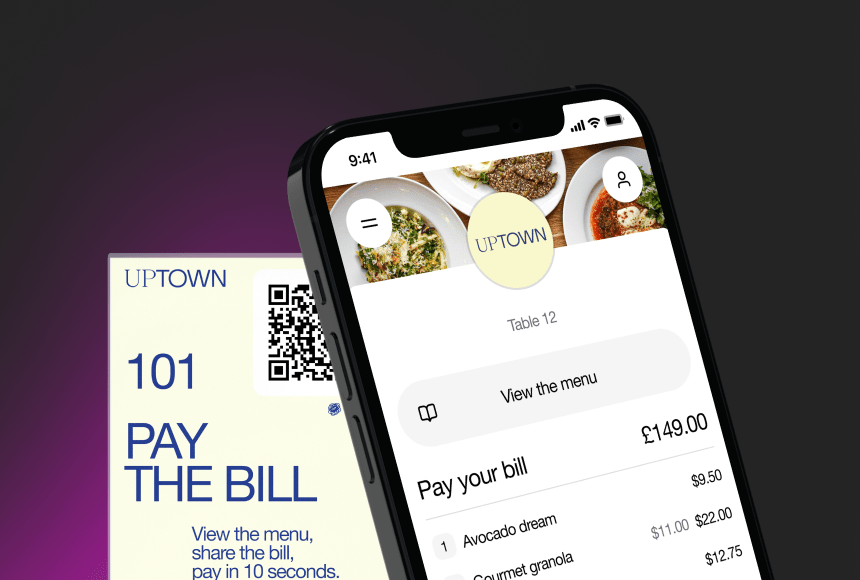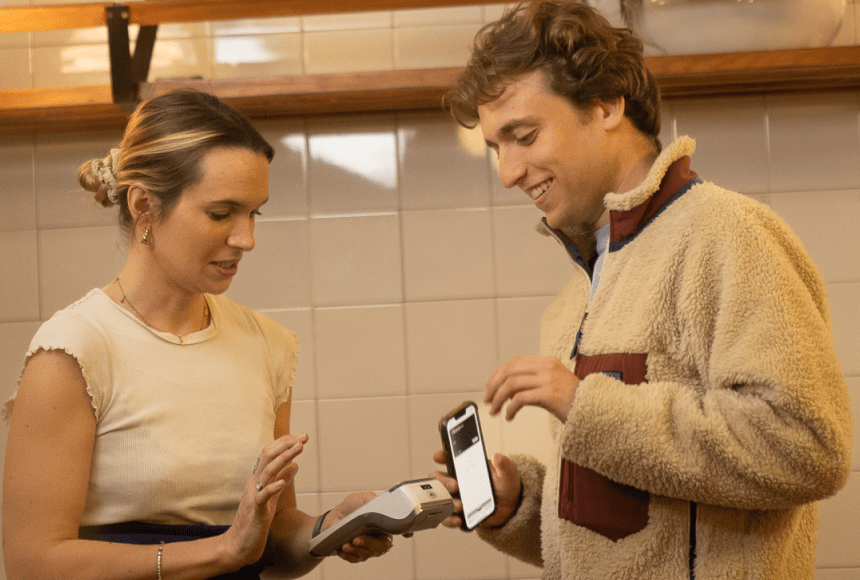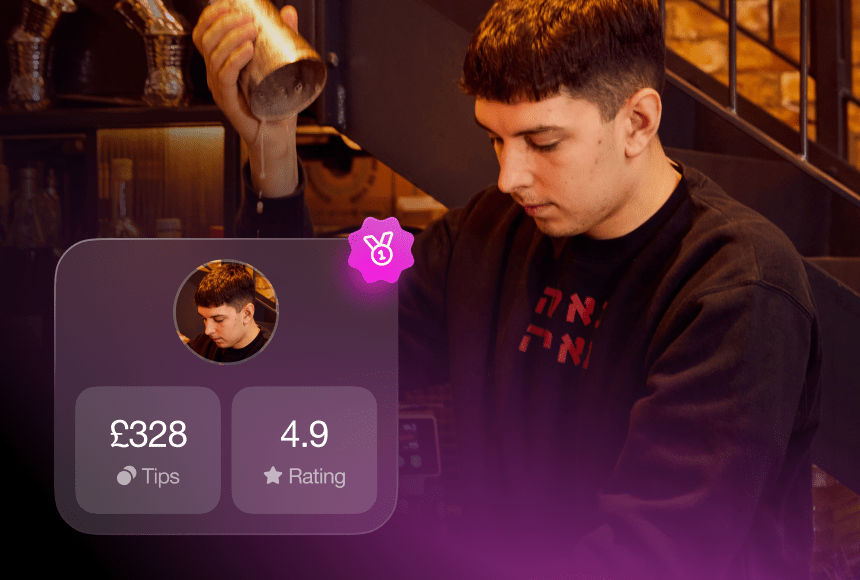
The Role of Online Reputation in Shaping the Restaurant Experience
Every restaurateur understands the power of first impressions. Diners form their initial perception the moment they walk through the door—or sometimes well before, when scrolling through Google or social media to select where they’ll eat next. In the UK, this online discovery process is becoming a critical part of how guests experience restaurants. Whether an eatery features high-end fine dining or quick-and-easy comfort food, its online reputation plays a central role in influencing expectations and, ultimately, shaping each customer’s overall journey.
This article explores how online reputation weaves into the fabric of modern dining experiences. From the initial “Where should we eat?” question to paying the bill and leaving a review, every part of a diner’s path can be enhanced—or hindered—by what people find and share online. Along the way, strategies for building a glowing digital image will be discussed, including practical tips that can help keep guests coming back time and again.
Linking Online Reputation to the Customer Experience
Trust Begins Online
The internet is now the go-to source for discovering restaurants. According to a 2023 KPMG study, around 72% of UK consumers consult online reviews before trying a new venue. This statistic isn’t just about star ratings; it reflects a broader need for trust. Diners want to know that a restaurant is consistent, hygienic, and welcoming. In many cases, that assurance comes through the voices of other guests who’ve dined there before.
- Social Validation
The more positive reviews a place accumulates, the more prospective diners feel confident that they’ll have a satisfying experience. These sentiments create a halo effect, encouraging higher expectations and a better first impression when a guest arrives on-site. - Narrative Power
Each review can be seen as a mini story about the restaurant—complete with praises, occasional critiques, and personal anecdotes. Such stories can pique curiosity or cast doubt, directly affecting whether customers decide to book a table.
Before Setting Foot in the Dining Room
The customer experience often starts long before a diner actually sits down. Potential guests might read Google reviews, scroll through Instagram photos, or spot a friend’s check-in on Facebook. This pre-visit research heavily shapes expectations: Are the menu prices fair? Is the service friendly? Does the ambiance suit a family dinner or a business lunch? A single negative comment regarding cleanliness or service can linger in a consumer’s mind, subtly influencing how they interpret every part of the eventual meal.
A BrightLocal Local Consumer Review Survey (2023) found that 84% of British diners check restaurant ratings and feedback before walking through the door. In other words, the online narrative is almost as important as the real-life dining setup.
Key Platforms for Building a Strong Online Reputation
Google Business Profile
For most dining searches, Google remains the essential platform. Verifying and maintaining a Google Business Profile ensures accurate display of details like opening hours, address, photos, and—critically—reviews. Restaurants that regularly engage by responding to feedback and updating images tend to rank higher in local results, potentially increasing foot traffic.
- Tip: Encourage recent diners to leave a Google review. Fresh commentary signals that an establishment is active and committed to service.
- Practical Action: Post monthly updates, such as a new dish or seasonal promotion. Even a small tweak helps maintain momentum in the eyes of both Google’s algorithm and curious diners.
Social Media Channels
Visual platforms like Instagram or TikTok can bring a restaurant’s atmosphere to life for prospective visitors. When these channels highlight behind-the-scenes preparation, staff profiles, or limited-time specials, they become a natural extension of the brand’s personality.
- Engagement Matters: Posting consistently, interacting with comments, and replying to direct messages show diners that a restaurant values communication.
- Storytelling Angle: From celebrating a chef’s new recipe to sharing the story of a local supplier, short videos and images can cultivate an emotional connection that boosts loyalty.
Dining-Focused Review Sites
While Google is the broad hub, platforms like TripAdvisor or OpenTable are specifically geared toward diners seeking new spots. According to TripAdvisor’s own statistics (2022), restaurants with regular management responses often see an increase in reservations.
- Dedicated Audience: People use these sites when they’re closer to making a decision. Engaging here can significantly influence final choices.
- Building Trust: Quick, respectful responses to both compliments and complaints demonstrate that a restaurant is proactive and receptive.
How Reputation Directly Impacts Each Stage of the Dining Experience
Anticipation and Booking
Consider a group of friends planning a weekend meetup. They scroll through local listings, reading a few lines of feedback on Google. A recent post might mention “fantastic service despite a busy night,” prompting them to book. Another might warn about “long wait times and confusing billing,” discouraging them from finalizing a reservation. Often, this feedback sets the emotional tone before anyone even steps inside.
- Ease of Reservation
A smooth booking process, possibly integrated through online platforms or reservation apps, wins additional points. When diners read that “the booking system works flawlessly” or see an option for direct online reservations, they feel more at ease, setting a positive tone for the entire event.
Arrival and Ambiance
Once guests arrive, they carry expectations shaped by what they’ve read. If reviews praise a cozy and welcoming atmosphere, they’ll be more attuned to warm décor, friendly staff, and thoughtful touches like complimentary bread or water. A mismatch between glowing testimonials and a less-than-welcoming space can quickly turn into disappointment.
- Positive Reinforcement
Delivering the experience that online reviews suggest—be it the best vegan burger in town or the friendliest servers—generates a virtuous cycle where satisfied diners leave similarly positive feedback, boosting the restaurant’s reputation further.
The Meal Itself
While the meal is the star of any dining experience, background knowledge from reviews can color perceptions of taste, presentation, and pacing.
- Menu Transparency
If there are comments praising vegetarian or gluten-free options, diners with dietary requirements will look for them immediately. Failure to deliver on these expectations can overshadow even the best culinary efforts. - Service Interactions
People often remember how they were treated more than the specifics of what they ate. A courteous, well-informed serving team—especially one that has read or been briefed on common feedback—can address potential concerns before they escalate.
Paying the Bill and Sharing Feedback
When diners near the end of their meal, the final moments can shape how they reflect on the entire experience. Payment that’s easy, transparent, and quick can leave them with a lasting sense of satisfaction.
- Streamlined Payment
Using a QR code payment solution, such as sunday, reduces the waiting time for card machines or paper bills. According to a CGA by NielsenIQ survey (2023), over half of UK diners appreciate technology that speeds up the payment process. This small convenience can lead to bigger tips, positive final impressions, and a higher likelihood of returning. - Immediate Review Prompts
A well-timed nudge—like a short message on the receipt or within the payment interface—can encourage guests to share thoughts while the experience is fresh in their minds. Solutions like sunday include the option to rate the visit on Google right after paying, simplifying the pathway to a positive review.
Balancing Positive and Negative Feedback
Celebrating Positive Comments
Receiving great reviews is like tasting that perfect sauce you’ve been refining for ages—satisfying and affirming. Sharing these compliments on social media or pinning them on the restaurant’s website can amplify the positive buzz. However, it’s equally important to respond graciously to such praise, acknowledging the diner’s time and showing genuine gratitude. This graciousness not only reinforces loyalty in that guest but also tells future visitors that feedback is valued.
Turning Critiques into Opportunities
Unfavorable comments might sting, yet they represent opportunities for growth. Maybe repeated mentions highlight portion sizes, slow service during peak times, or confusion over added fees.
- Timely Responses
A swift, empathetic reply to a negative review can diffuse tension and even encourage the diner to revise their opinion. According to a YouGov poll (2022), 43% of UK consumers are willing to reconsider a negative review if they see the business made genuine efforts to address their concerns. - Structured Follow-Up
Depending on the gravity of the complaint, following up privately (via email or phone) demonstrates high-level care. This step allows more detailed communication without a public spotlight. - Operational Adjustments
If a restaurant sees frequent mentions of, say, a complicated billing system, it might be time to streamline payment methods, train staff more thoroughly, or adopt a QR code payment solution that eliminates confusion.
Proactive Steps to Enhance Online Reputation
Staff Training and Engagement
No matter how many digital tools a restaurant uses, the real magic (or mistake) often happens on the ground. A well-prepared team is more likely to deliver consistent service, identify and handle potential issues early, and proactively invite reviews from satisfied guests.
- Customer-Centric Culture
Encouraging staff to go the extra mile—like offering thoughtful suggestions or remembering returning diners—can translate directly into glowing reviews. - Feedback Loops
Share both positive and negative online feedback with employees, celebrating successes and discussing ways to tackle challenges. This transparency fosters a sense of collective ownership over the restaurant’s reputation.
Encouraging Real-Time Reviews
Some establishments place a small prompt on tables or within the menu: “Enjoying the meal? Snap a quick photo and tag us!” Others integrate an easy QR code leading directly to a review page. Because diners often have their phones out anyway—for pictures, messages, or checking the time—a friendly nudge can turn a casual compliment into a public endorsement.
Monitoring and Metrics
With numerous platforms to track—Google, TripAdvisor, Facebook, Instagram—automating part of the process can help avoid overwhelm. A range of online reputation management dashboards exist, but even simple free tools like Google Alerts can notify a restaurant each time a new review or mention appears.
- Key Indicators:
- Average Star Rating: Spot upward or downward trends early.
- Frequency of Reviews: A steady stream of feedback signals a thriving business; long gaps may indicate stagnation.
- Sentiment Analysis: Note recurring themes—e.g., compliments for ambiance, criticisms about speed.
The Role of QR Code Payment Solutions like sunday
Convenience and Transparency
Diners appreciate anything that simplifies the payment process after a satisfying meal. A 2023 consumer study from Deloitte found that 65% of customers prefer digital or contactless payments for convenience and hygiene reasons. When a restaurant integrates a QR code payment tool—such as sunday—tableside payments become almost instantaneous.
- Reduced Wait Times
No more hunting for the server or waiting for the card reader. Guests simply scan, confirm their order, tip if they wish, and go. This seamless finish helps maintain a positive mood right up to the exit. - Increased Guest Autonomy
Splitting bills or applying discounts can be done directly from the diner’s smartphone, which fosters a sense of control and satisfaction.
Bridging Payment and Review
One notable advantage of using sunday is the integrated prompt to leave a review. By removing extra steps—like searching for the restaurant on Google—this feature capitalizes on the moment of contentment at the end of a meal.
- Boost in Positive Feedback
Happy diners are far more likely to share their experiences when prompted at the right time. Reviews gathered this way often highlight recent dishes, good service, or an enjoyable atmosphere, giving prospective customers real-time insights. - Data-Driven Insights
By linking payment data with post-meal feedback, restaurants can measure how certain promotions, new menu items, or staff changes affect customer satisfaction, offering an immediate feedback loop.
Looking Ahead—Long-Term Benefits of a Strong Online Reputation
Building and sustaining an excellent online reputation goes beyond attracting occasional first-time diners. Over time, it becomes part of a restaurant’s brand identity, influencing relationships with suppliers, local communities, and even potential business partners.
- Increased Loyalty: Regular visitors might share positive updates across social networks, effectively becoming brand ambassadors.
- Room for Expansion: A restaurant that’s gained respect online can more easily launch new menu concepts or additional locations, as positive buzz generates curiosity.
- Revenue Growth Potential: According to CGA’s 2023 report on digital influence in hospitality, establishments with consistently high online ratings often see a measurable lift in average spend per guest.
A robust online reputation is, in many ways, the modern version of word-of-mouth—except it can be scaled across entire cities or regions at the click of a button. By approaching digital feedback with proactive care, sincerity, and practical technology, restaurants in the UK can carve out a distinctive presence in a crowded marketplace.
Find out more today
Drop us your details below and we’ll reach out within the next 24
Stay on top of your online reputation.
Say goodbye to bad ratings and hello to 5*s. Get to know your customers with our integrated rating & review feature, which allows you to get more reviews, better ratings and more visibility online.




